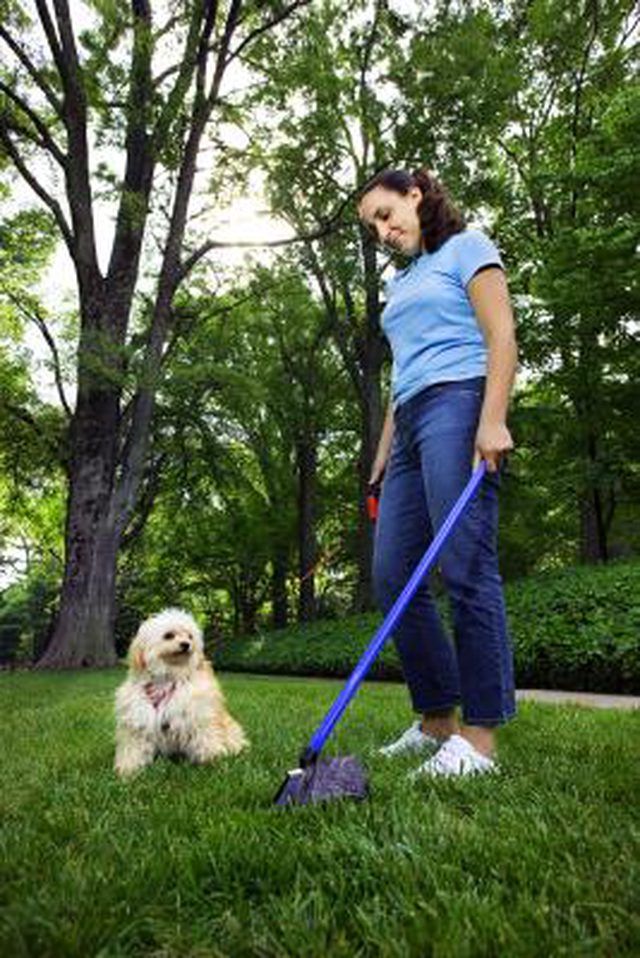Bulbs
Flower Basics
Flower Beds & Specialty Gardens
Flower Garden
Garden Furniture
Garden Gnomes
Garden Seeds
Garden Sheds
Garden Statues
Garden Tools & Supplies
Gardening Basics
Green & Organic
Groundcovers & Vines
Growing Annuals
Growing Basil
Growing Beans
Growing Berries
Growing Blueberries
Growing Cactus
Growing Corn
Growing Cotton
Growing Edibles
Growing Flowers
Growing Garlic
Growing Grapes
Growing Grass
Growing Herbs
Growing Jasmine
Growing Mint
Growing Mushrooms
Orchids
Growing Peanuts
Growing Perennials
Growing Plants
Growing Rosemary
Growing Roses
Growing Strawberries
Growing Sunflowers
Growing Thyme
Growing Tomatoes
Growing Tulips
Growing Vegetables
Herb Basics
Herb Garden
Indoor Growing
Landscaping Basics
Landscaping Patios
Landscaping Plants
Landscaping Shrubs
Landscaping Trees
Landscaping Walks & Pathways
Lawn Basics
Lawn Maintenance
Lawn Mowers
Lawn Ornaments
Lawn Planting
Lawn Tools
Outdoor Growing
Overall Landscape Planning
Pests, Weeds & Problems
Plant Basics
Rock Garden
Rose Garden
Shrubs
Soil
Specialty Gardens
Trees
Vegetable Garden
Yard Maintenance
How to Kill Whipworms in Soil
How to Kill Whipworms in Soil. Proper medication will take care of your dog’s internal whipworm problem, and then you are left with the difficult job of getting rid of whipworms in the yard to prevent re-infestation. Whipworm eggs can live through freezing and extreme heat. They can live in the soil for years, and females lay up to 2000 eggs...

Proper medication will take care of your dogís internal whipworm problem, and then you are left with the difficult job of getting rid of whipworms in the yard to prevent re-infestation. Whipworm eggs can live through freezing and extreme heat. They can live in the soil for years, and females lay up to 2000 eggs a day. Topical treatments arenít likely to work. The only way to get rid of whipworm in the soil of your yard is to get down, dirty and use a lot of elbow grease.
Things You'll Need
Shovel
Garden tiller
Agricultural lime
Bleach
Food grade diatomaceous earth
Pooper scooper
Remove the top six inches of soil with a shovel in any area where your dog has freedom to roam in your yard. Fill the area with clean top soil and grass. If the area is very large and complete removal isnít possible, use a garden tiller to stir up the soil. When you use the tiller procedure, you have to spread strong chemicals to the dirt and mix it in well. The best choice is agricultural lime, which will dry out the soil and kill off whipworm eggs.
Bleach any hard surface areas that are porous and can still harbor eggs such as concrete, brick or stone paths, driveways or patios.
Spread food-grade diatomaceous earth over the top of the soil on a monthly basis to destroy fresh whipworms before they can get into the soil. You should also re-apply the diatomaceous earth after heavy rains. This is especially important if your yard is not fenced in, allowing stray dogs to wander around your yard.
Use a pooper scooper or baggie-covered hand to remove any fresh feces immediately after your dog defecates in the yard. Even after treatment, your dog can pass whipworm in the stool for several days. It is always a good idea to keep the yard clear of waste products that can attract pests.